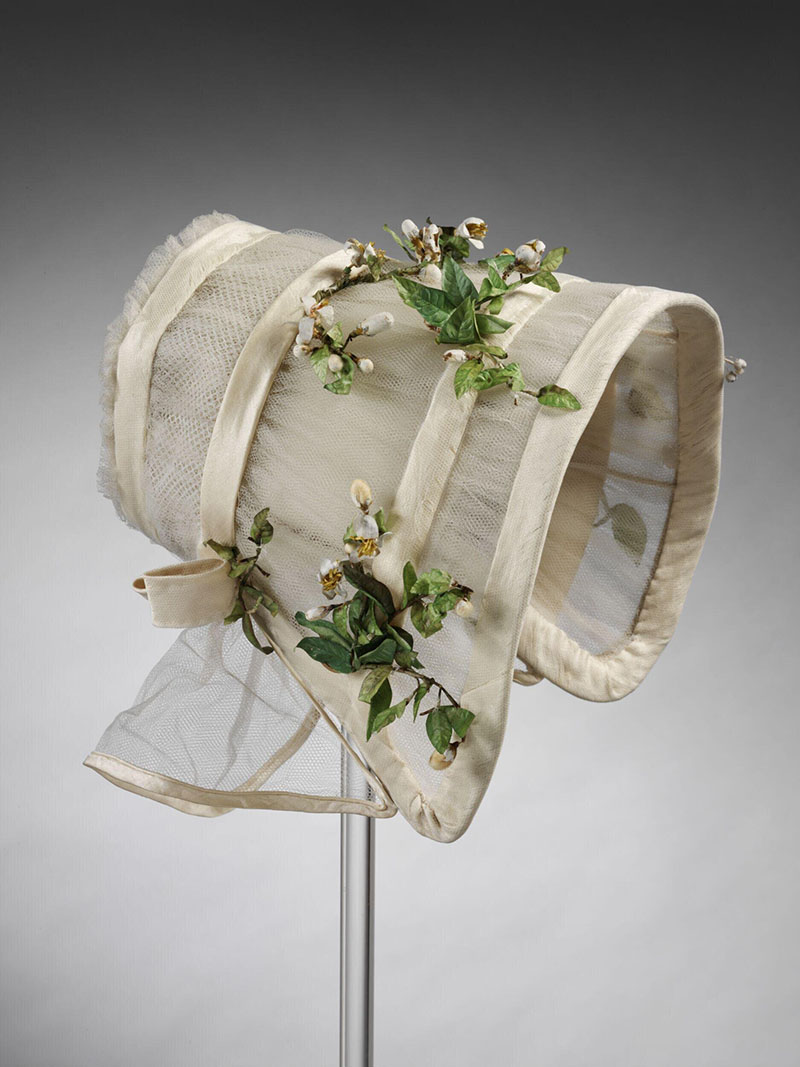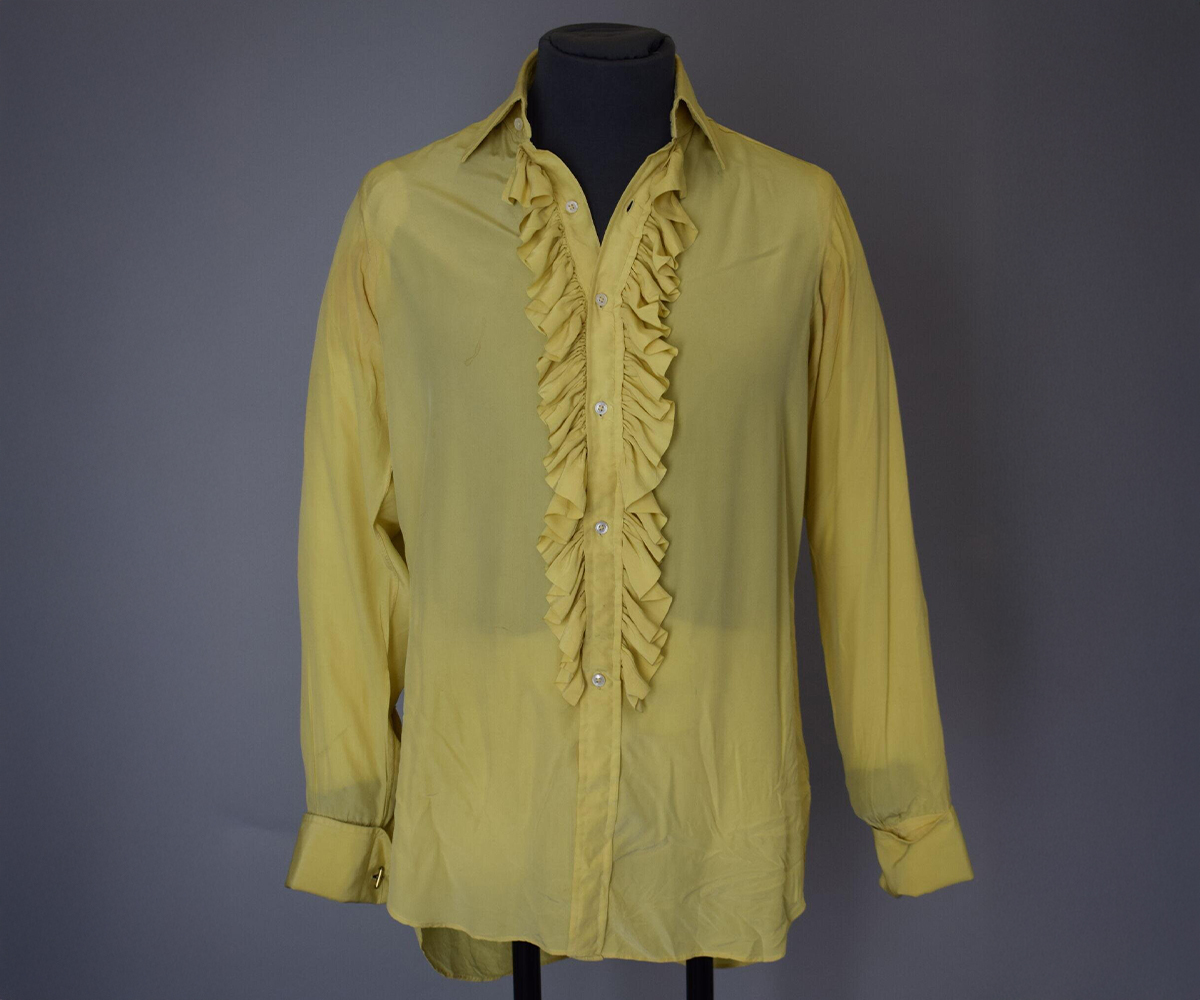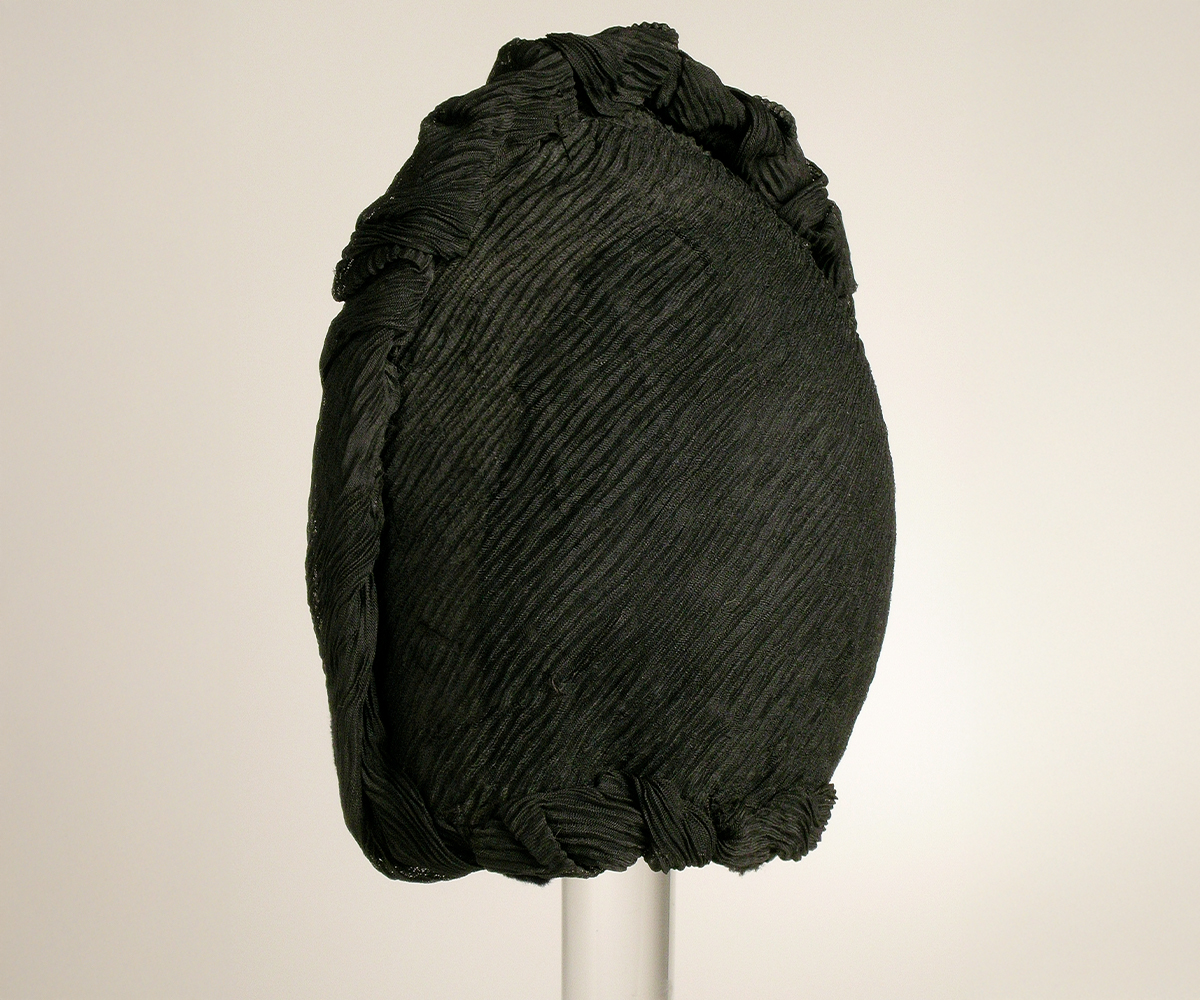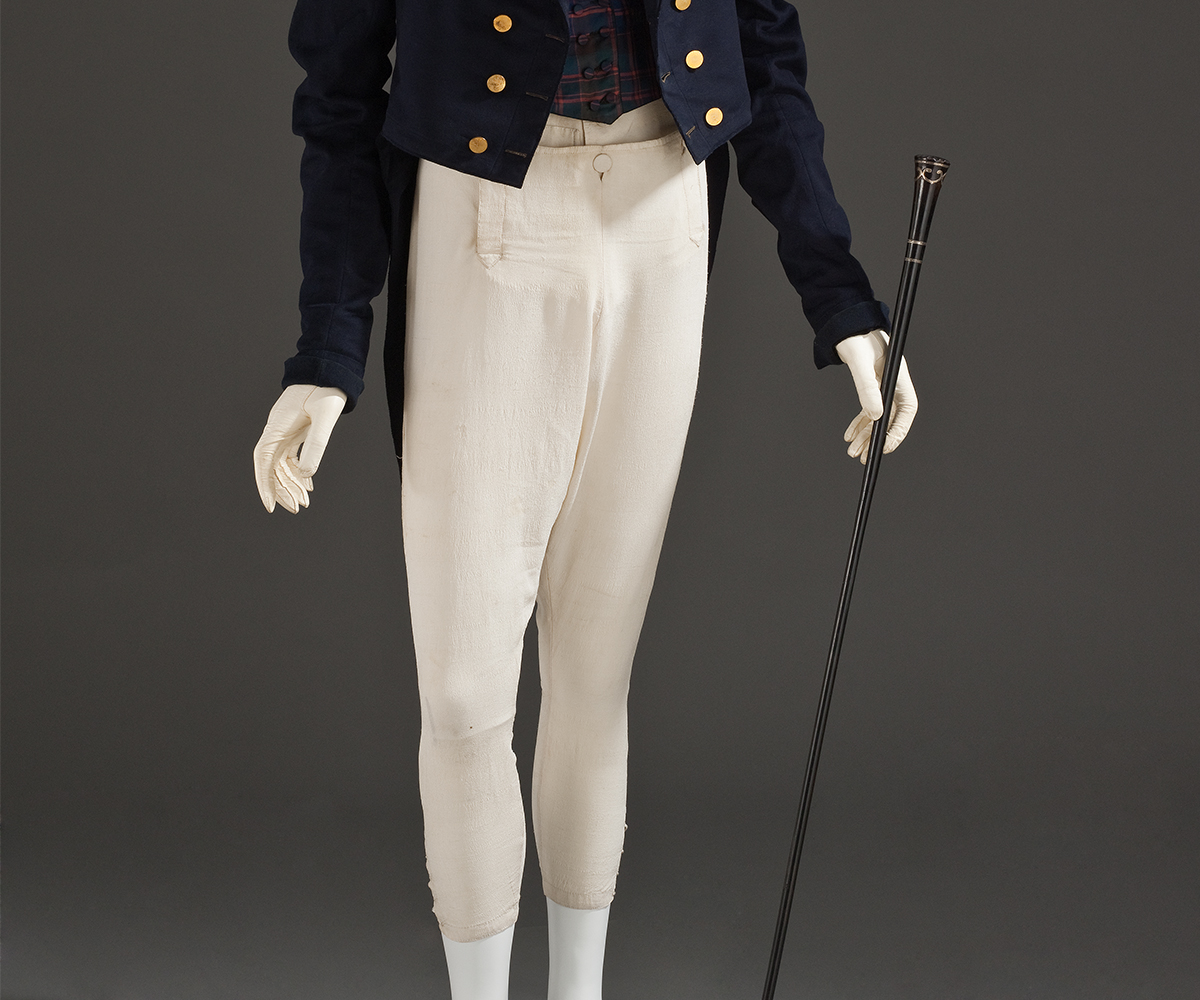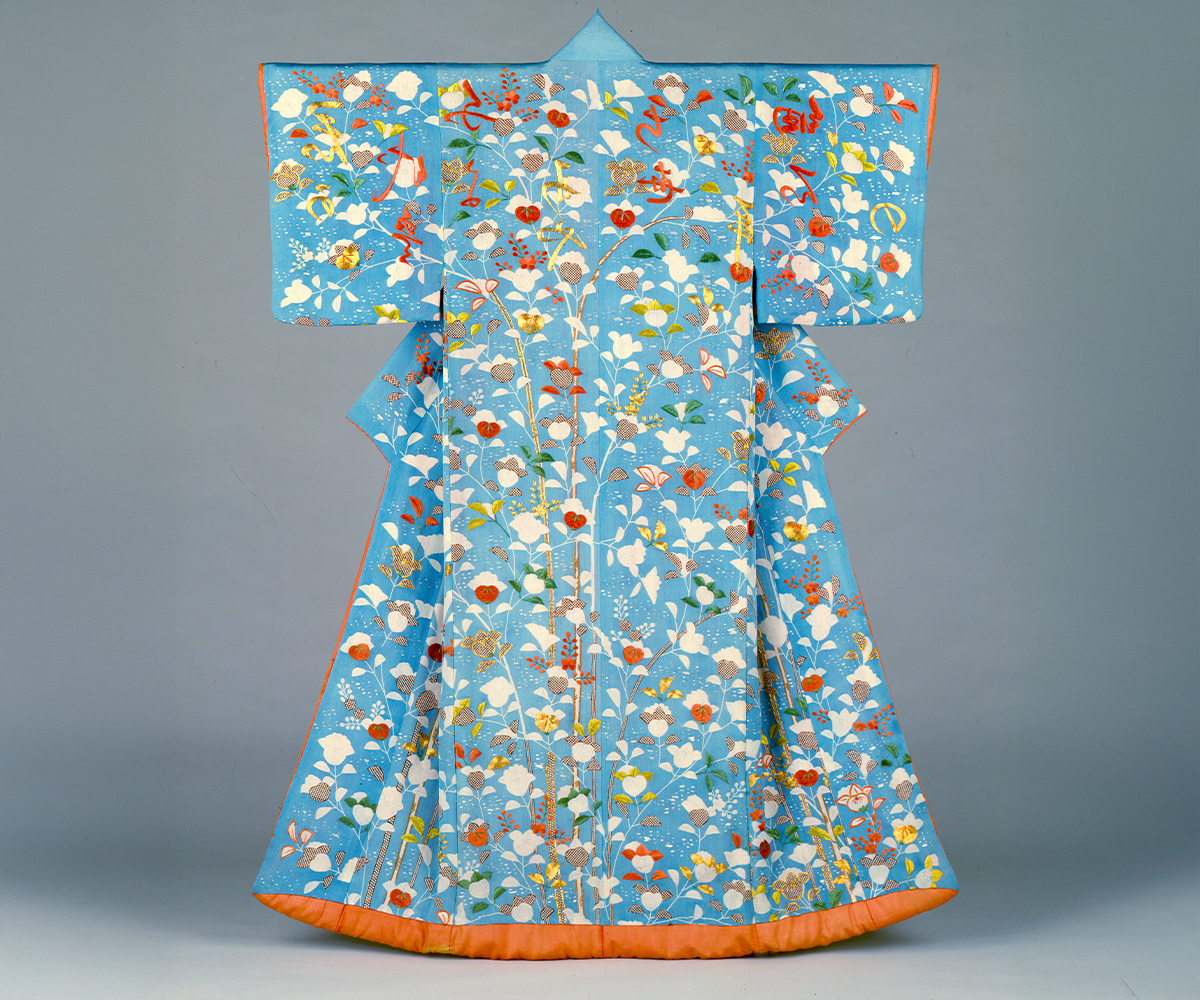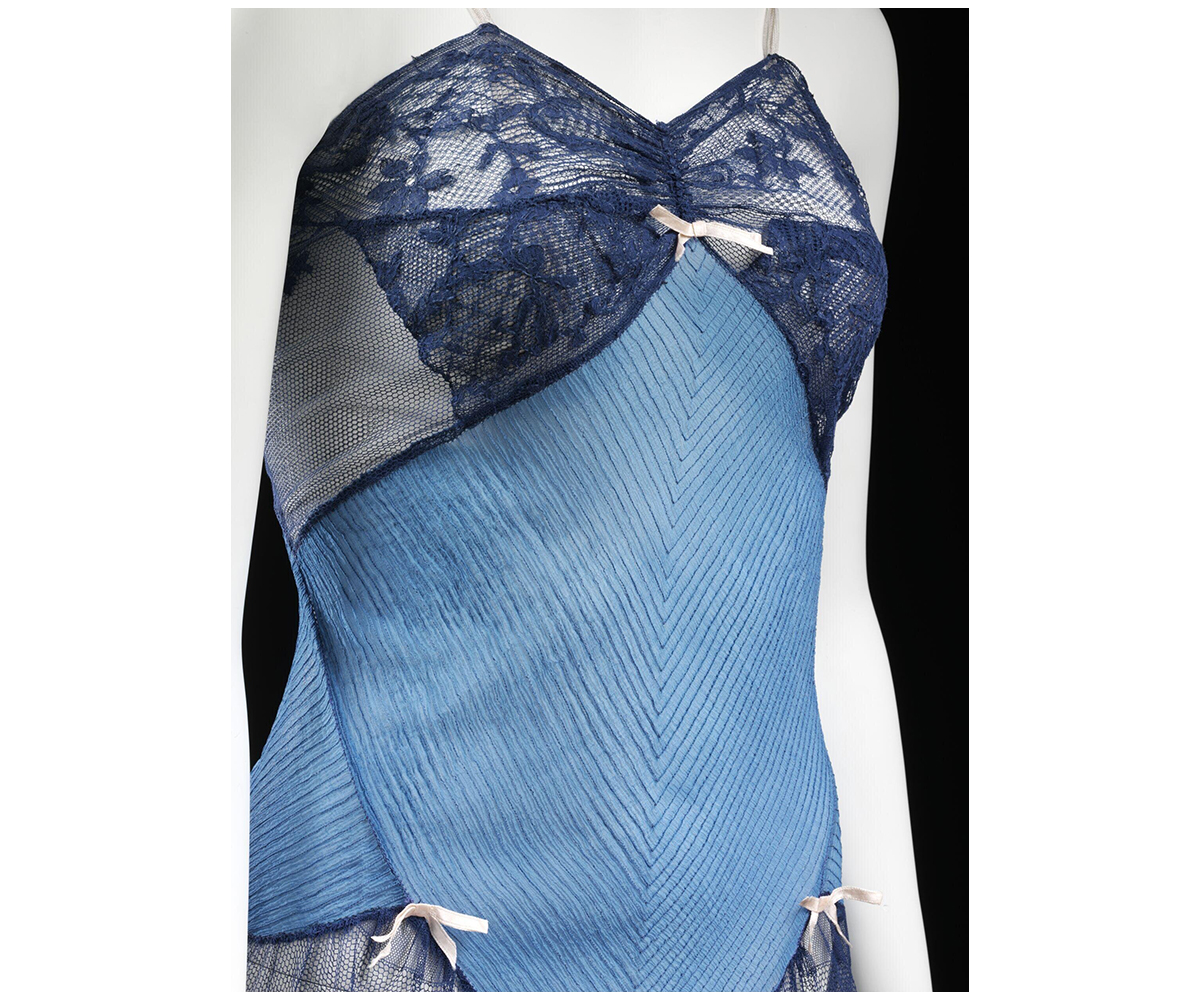ARTICLE
Crepe
While there are many types of crepe in use — Canton, Chiffon crepe, French crepe, Romaine — a few notable ones include Crepe de chine which is made with silk, uses the highest amount of twisted yarns in weft and silk yarns in the warp and is exported by countries like Thailand, China and India; Georgette, which is made using stretchable and flexible silk fibre; and wool crepe which is made from a blend of cotton and silk threads, is more durable than silk crepe and is commonly used to make pullovers and dresses. In India, crepe is used for making various garments like sarees, salwars and kurtas and is also widely used for leheriya dyeing and zardozi embroidery.
Bibliography
Our website is currently undergoing maintenance and re-design, due to which we have had to take down some of our bibliographies. While these will be re-published shortly, you can request references for specific articles by writing to hellomapacademy@map-india.org.




